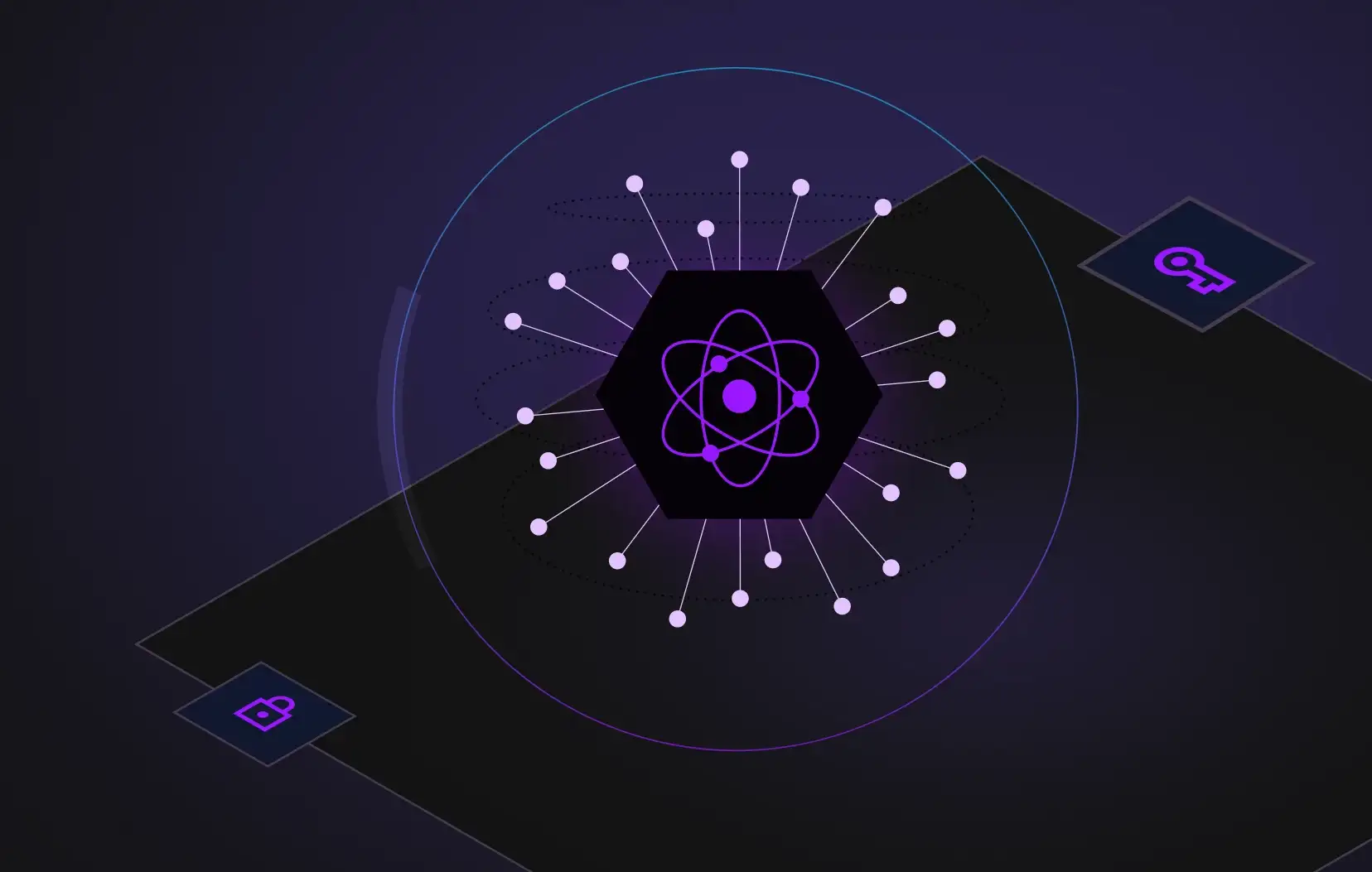Innovation in quantum computing is accelerating at a pace previously thought unimaginable. This has caused cybersecurity experts to sound alarms about a fundamental truth: today’s common encryption methods protecting our most valuable digital assets are running out of time.
While many of these existing cryptographic algorithms have served organizations well for decades, they weren’t designed to stand up to the computational power that quantum computers will unleash.
In this article, we’ll take an urgent look at the immediate and long-term risks posed by quantum computing and why the rush to adopt quantum-safe cryptography has never been greater.
We’ll walk through what quantum-resistant cryptography means, why it’s crucial for securing your digital infrastructure, and how organizations can begin to implement quantum-proof cryptography so they can stay ahead of threats.
You’ll also gain insight into:
- The vulnerabilities of traditional encryption in a post-quantum world
- Emerging quantum-secure cryptography algorithms under development
- Fortanix’s unique capabilities in facilitating a quantum-safe crypto transition
- Steps to prepare your enterprise for a quantum-resilient future
We’ll also explore the practical steps you can take today to ensure long-term security.
Quantum’s Looming Threat and Implications
Quantum computers aren’t just as powerful as what we have today; they’re fundamentally different. Unlike the classical computers we’re all used to, which process information in binary bits (either 0 or 1), quantum computers use qubits that exist in multiple states simultaneously through a phenomenon called superposition.
When combined with entanglement and quantum tunneling, these computers can solve certain problems exponentially faster than traditional machines.
This poses a serious challenge (and threat) to today’s encryption systems. Most public-key encryption algorithms, like RSA and ECC (Elliptic Curve Cryptography), rely on the difficulty of solving specific mathematical problems—specifically, integer factorization and discrete logarithms. But a sufficiently advanced quantum computer using Shor’s algorithm can break these problems in a matter of seconds, making old-school encryption obsolete.
Further, the timeline is tighter than you might think. Hackers are known for staying one step ahead, and they’re already using a strategy known as “harvest now, decrypt later,” where they intercept and store encrypted data now with the intention of decrypting it when quantum capabilities mature.
Let that reality check sink in; even your current encrypted communications and archived data are vulnerable to future breaches.
The only real defense is to adopt quantum-resistant cryptography, or algorithms engineered to be secure against both classical and quantum attacks.
What Is Quantum-Resistant Cryptography?
Quantum-resistant cryptography, or post-quantum cryptography (PQC), is a set of cryptographic approaches designed to protect against potential attacks from quantum computers.
Unlike classical encryption, which is becoming increasingly vulnerable, quantum-safe algorithms are built on mathematical problems that even quantum systems are unlikely to solve efficiently.
These include:
- Lattice-based cryptography (e.g., CRYSTALS-Kyber, Dilithium)
- Hash-based cryptography
- Code-based cryptography
- Multivariate polynomial cryptography
The U.S. National Institute of Standards and Technology (NIST) has led an international effort to evaluate and standardize these new algorithms. After several rounds of evaluation, NIST announced finalists such as Kyber (for encryption/key establishment) and Dilithium (for digital signatures), in an attempt to create a clear direction for enterprise and government adoption.
Implementing quantum-safe crypto doesn’t simply mean swapping algorithms. It’s an entirely new paradigm in how we should design and manage secure systems. Organizations need to understand the changes in architecture, performance trade-offs, and operational risks that come with integrating quantum-ready solutions.
Quantum Safe Cryptography in Practice
You may be asking yourself, “Why not just replace RSA with Kyber?” In practice, cryptographic transformation is far more nuanced and intricate. Cryptographic primitives are deeply embedded in existing infrastructure, from TLS connections to API keys, file encryption to secure email.
Quantum computers may not be here tomorrow, but organizations must still take a crypto-agile approach so their systems can adapt to new algorithms without rewriting entire applications. This strategy provides a high level of flexibility, which is critical for a smooth transition and preparing a response to future vulnerabilities in quantum-resistant algorithms.
Put another way, a hybrid scheme is a practical starting point. Using both classical and quantum-proof cryptography together provides protection now and prepares you for later. As an example, a hybrid TLS handshake might incorporate both RSA and Kyber-based key exchanges; if RSA is compromised down the road, the Kyber portion could still offer protection.
Making the matter even more urgent, the costs of failing to act are growing. Regulatory bodies are pushing quantum-secure cryptography policies, such as the U.S. government’s National Security Memorandum 10. This requires federal agencies to prepare inventories of cryptographic assets and create transition plans for PQC.
Steps to Begin Your Quantum-Safe Journey
Becoming quantum-ready calls for a multi-phased approach. Here’s how your organization can begin:
- Conduct a crypto inventory. Use automated tools to diagram your existing cryptographic landscape, including where and how keys are used.
- Classify data and risk levels. Identify which data sets require long-term confidentiality and determine their sensitivity to quantum threats.
- Prioritize migration targets. Most organizations will start with systems that contain critical data or use vulnerable encryption like RSA or ECC.
- Adopt crypto agility. Future-proofing your systems means decoupling cryptographic functions from application logic, making algorithm replacement more straightforward.
- Implement hybrid cryptographic solutions. Use dual-algorithm approaches for high-risk systems until full post-quantum solutions are standardized and validated.
- Stay engaged with the PQC community. Keep yourself and your teams up to date on NIST initiatives, attend industry events, and contribute to testing efforts of quantum-secure crypto libraries.
Fortanix can support your PQC journey at every stage with assessments, hands-on implementation, and enterprise-ready solutions tailored to your environment.
Don’t Wait: The Time to Act Is Now
Quantum computing may still be in its infancy, but its impact on cybersecurity is already very real. Organizations can’t afford to delay. By integrating quantum-resistant cryptography, you’re not just checking a box for compliance; you’re securing your organization’s digital future.
The transition to quantum-safe cryptography requires leadership, investment, and the right partners. With Fortanix, you have a trusted ally equipped with the technology, experience, and vision to guide you through the next era of cybersecurity.
Don’t wait until quantum computers are a reality to secure your data—by then it will be too late. Request a demo today and discover how Fortanix can make your enterprise quantum-ready now.











